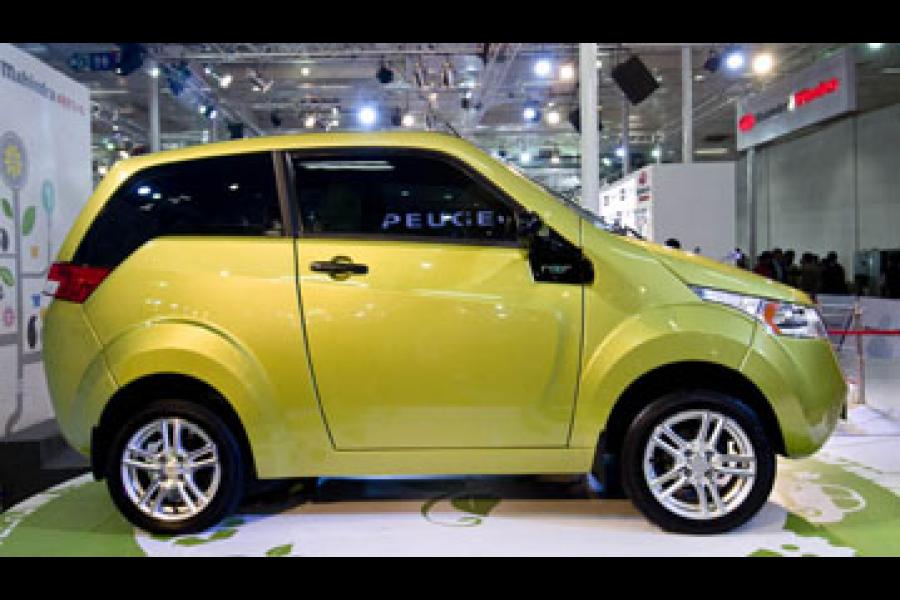The EV space in India has undergone a tremendous facelift. Just over 2 years ago if you wanted an electric car in India, you had to live with the city car shown below. But over the span of a year, we have had gorgeous designs and high performance vehicles come out and decorate the streets of India without harming the nature. Or are they? Today’s question is about how the booming EV space in India can grow sustainably.

The world is turning to electric cars. The high valuations of Tesla, Nio, XPeng and BYD show the investors’ appetite for the emerging market. The recent international push for green economic recovery has also placed EVs on a pedestal. There is no doubt that EVs are the future. They do not have direct emissions but how environmentally friendly are they in a developing country like India.
Indian cities are infamous for their traffic jams and abysmal air quality indicators. While industrial pollution, construction and farming practices are influential in deciding the quality of the air we breathe, city vehicle exhausts play an important role. This can be eliminated with the introduction of EV on Indian roads. However, the second reason for the low air quality is power generation, i.e., the one that powers these EVs. Let us have a look at the numbers in action!
Diesel, a popular choice of fuel for vehicles in India and UK, emits 95g CO2 per kilometre. That is a little higher than Petrol however not by much. An electric vehicle uses grid electricity to power its battery. Tata’s Nexon EV uses a 30.2 kWh battery for a range of 312 km. Taking the manufacturer figures at their face value, the mileage ends up at around 10 km per kWh. In India electricity generation emits about 850g CO2 per kWh. Thus, we can come to a final value of 85g per kilometre.
How is the entire country fussing over 10g per kilometre of carbon savings? While reduction in exhaust emissions itself can help improve the quality of city life in the country by a lot, there is more to EV than the meagre savings in emissions. This is an entirely different scenario in my home state Kerala. Compared to India with two-thirds of its power generation coming from thermal sources, Kerala has had over 90% of its electricity come from hydro-power in 2019. Ignoring power purchases from outside the state (There was minimal purchase activity due to excessive rainfalls in the year), the carbon emissions from hydropower is less than 20g per kWh leading to an astounding 2g of Carbon emissions per km!
These calculations do not involve the emissions in manufacturing an EV and sourcing Lithium and other rare earth materials for the battery. They do not match with the outstanding reduction in Carbon emissions on daily use. With level 5 autonomy and smart ownership structures that Tesla and many other EV manufacturers are pursuing today, we will see a massive disruption in the transportation sector with further savings in manufacturing emissions. Writing this article makes me excited for our Nexon EV testdrive this week. More on the experience later!
